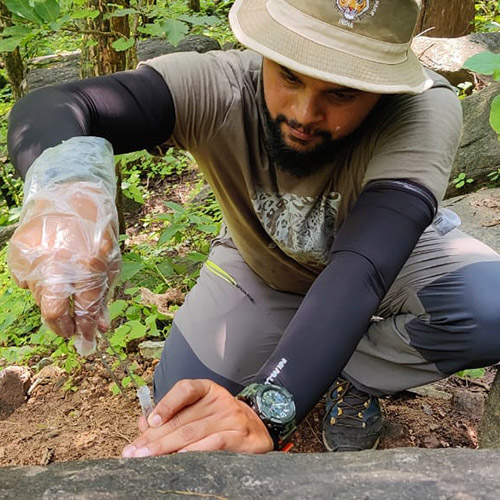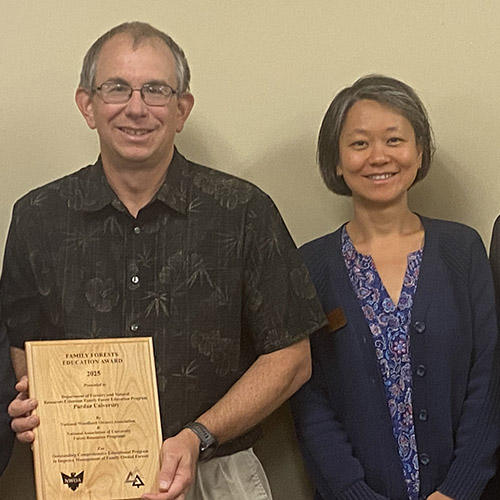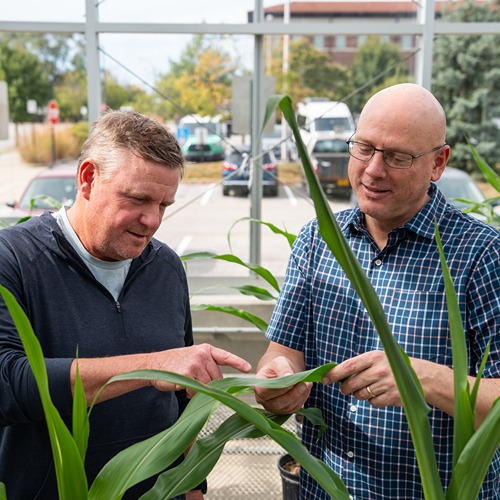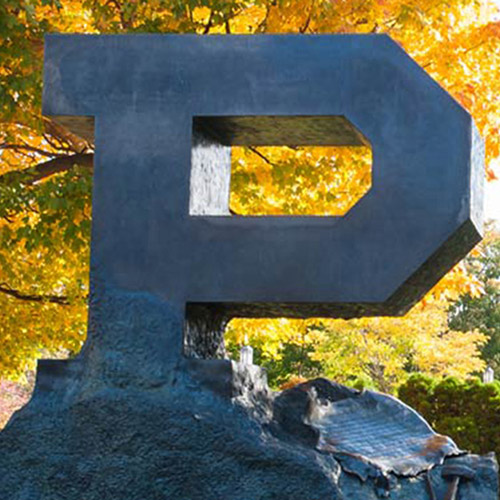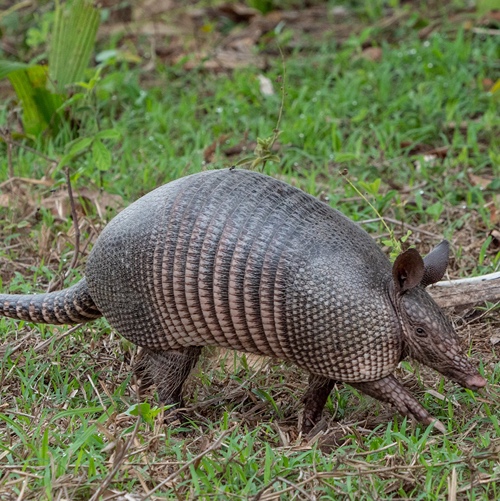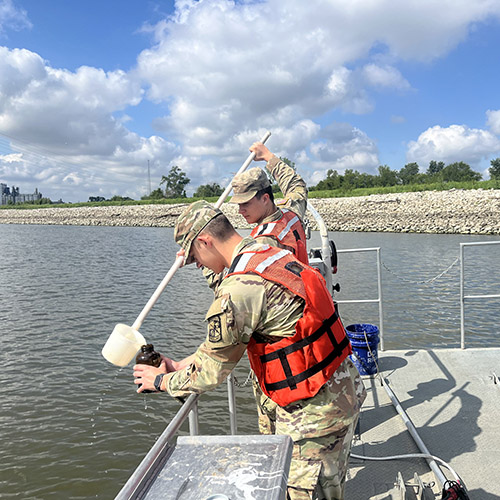Intro to Trees of Indiana: Red Pine
The classic and trusted book "Fifty Common Trees of Indiana" by T.E. Shaw was published in 1956 as a user-friendly guide to local species. Nearly 70 years later, the publication has been updated through a joint effort by the Purdue Department of Forestry and Natural Resources, Indiana 4-H, and the Indiana Department of Natural Resources, and reintroduced as "An Introduction to Trees of Indiana."
A printed copy of the full publication is available for purchase for $7 in the Purdue Extension Education Store. The field guide helps identify common Indiana woodlot trees.
Each week, the Intro to Trees of Indiana web series will offer a sneak peek at one species from the book, paired with an ID That Tree video from Purdue Extension forester Lenny Farlee to help visualize each species as it stands in the woods. Threats to species health as well as also insight into the wood provided by the species, will be provided through additional resources as well as the Hardwoods of the Central Midwest exhibit of the Purdue Arboretum, if available. 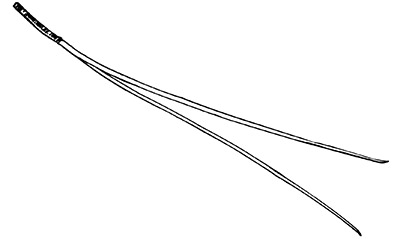
This week, we meet the red pine, or Pinus resinosa, which is not native to Indiana, but has been planted widely across the state.
This conifer has clusters of two slender, flexible, green or yellow green needles, which are four to six inches long. If the needles are bent, they will break cleanly, unlike that of ornamentally planted Austrian pine. The long needles cause a very tufted look to the tree canopy.
Bark on the red pine is scaly and red-orange in color in younger trees and platy and reddish brown in older trees. Cones are egg-shaped, approximately two inches long and have smooth scales.
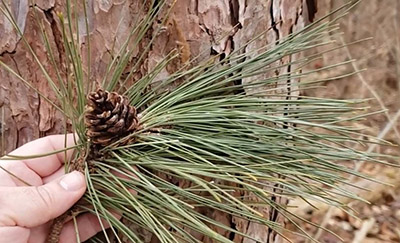 Red pine tends to be very, straight and tall, growing to between 50 and 80 feet tall. This species, which can be as tall as 200 feet, is typically found on sandy, well-drained soils with low pH and full sun. The natural range of the red pine is the northeastern United States and southern Canada near the Great Lakes and St. Lawrence River. The species can be found as far west as Minnesota and into Manitoba. It can be found dipping south into Wisconsin, Illinois, Michigan, West Virginia and Pennsylvania.
Red pine tends to be very, straight and tall, growing to between 50 and 80 feet tall. This species, which can be as tall as 200 feet, is typically found on sandy, well-drained soils with low pH and full sun. The natural range of the red pine is the northeastern United States and southern Canada near the Great Lakes and St. Lawrence River. The species can be found as far west as Minnesota and into Manitoba. It can be found dipping south into Wisconsin, Illinois, Michigan, West Virginia and Pennsylvania.
The Morton Arboretum notes that while the species has a handsome, tall, straight trunk and beautiful red bark, it has fallen out of favor as an ornamental landscape plant due to its susceptibility to insect and disease problems. While red pines are extremely cold tolerant, the species is susceptible to sweeping winds and salt.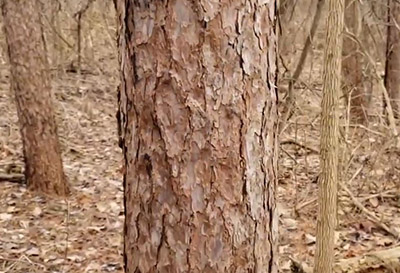
The Wood Database notes that red pine has a 12 percent moisture content and weighs in at 34 pounds per cubic foot. This species is rated as easy to work with using both hand and machine tools. It glues and finishes well but may be resistant to holding paint.
Red pine is often used for wind breaks and erosion control. The straightness and height of the trunk make this species popular for pulp/paper and construction timber production. Red pine is often treated with preservatives, which allow it to be used in exterior applications like posts, utility poles and railroad ties.
Other Resources:
ID That Tree: Red Pine
Morton Arboretum: Red Pine
Diplodia Tip Blight of Two-Needle Pines, The Education Store
Borers of Pines and Other Needle Bearing Evergreens in Landscapes, The Education Store
Purdue Arboretum Explorer
The Woody Plant Seed Manual, U.S. Forest Service
Purdue Plant Doctor
Native Trees of the Midwest, The Education Store
Shrubs and Woody Vines of Indiana and the Midwest, The Education Store
Investing in Indiana Woodlands, The Education Store
Forest Improvement Handbook, The Education Store
ID That Tree, Purdue Extension-Forestry & Natural Resources (FNR) YouTube playlist
Woodland Management Moment , Purdue Extension-FNR YouTube playlist
